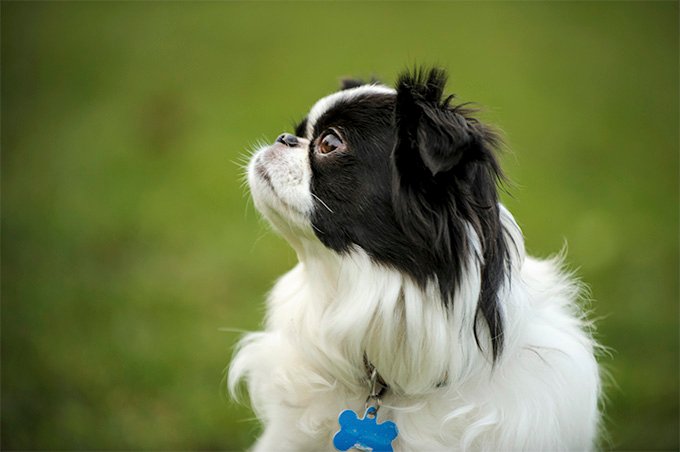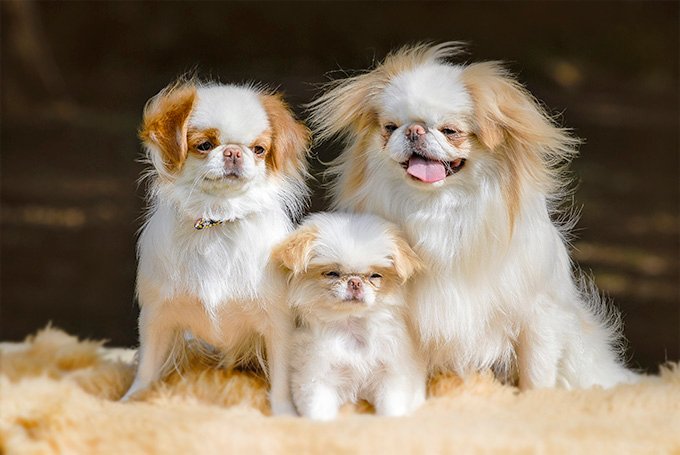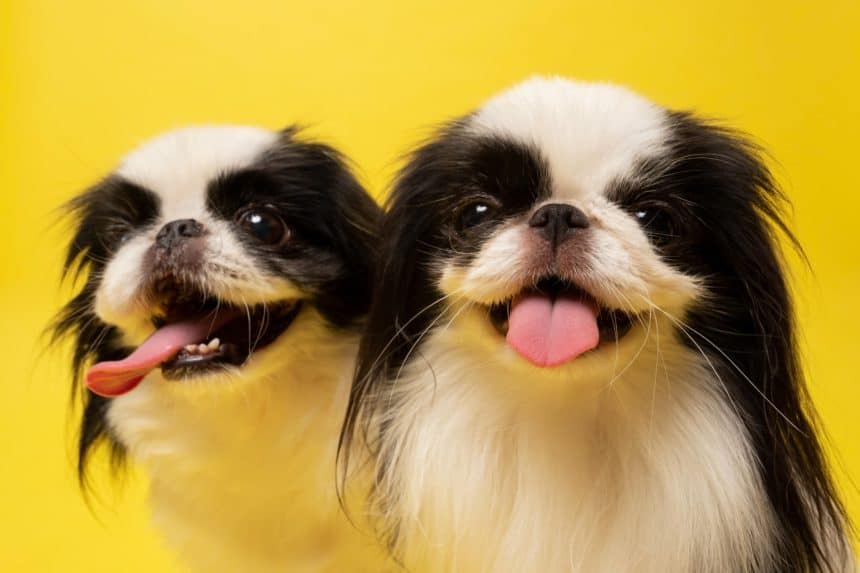
They say that a Japanese Chin is not for sale since he already owns you. These adorable canines rule the roost. Learn more about this noble breed by reading the information below.
1. Truth be told, they originated in China.
The majority of specialists assume that the Chinese are the true ancestors of the Japanese Chin. The Pekingese and the Japanese Chin are said to have sprung from the same ancestry. While both the Japanese Chin and the Pekingese still have flat faces, the former has a more square physique and a thinner coat. The first Japanese Chin in Japan were most likely imperial presents from China.
2. Those Dogs Belonged to the Royal Family.
The Japanese Chin was originally developed as a companion dog for the Chinese royal family and then imported to Japan to be kept by the imperial family. Even in modern times, Chins have an aristocratic air and expect to govern their households.

3. They were selectively bred for diminutive stature.
Small enough to fit in the kimono sleeve, the Japanese Chin is a kind of toy dog popular in Japan. Some of them were even apparently caged up like birds. The canines’ alleged stunted development might be attributable to a diet of sake.
4. Chins were first introduced to the United States by Matthew Perry.
After two centuries of seclusion, American Commodore Matthew Perry sailed to Japan in the 1850s to encourage the Japanese to open commerce. After a fruitful journey, Perry brought back a pair of Japanese Chin (he was given three pairs, but two did not survive the voyage). Both of these dogs were the first Japanese Chins to be imported to the United States, although they were never used for breeding. Along with Perry’s kid, they had a wonderful life together.

5. The breed gained widespread attention because to Queen Alexandra.
King Edward VII’s wife, Alexandra, was also a member of the royal family. Shortly after Alexandra’s marriage to Edward in 1863, the British royal family presented her with a Japanese Chin. Alexandra kept her collection of Japanese Chin going strong as more and more were brought in from Japan and China. She often posed for portraits or painted canine companions. The queen was instrumental in boosting the breed’s popularity in England and beyond Europe.
6. Their Favorite Passtime Is Spinning
When enthusiastic, Japanese Chins have a cute characteristic frequently referred to as “the Chin spin,” in which the dog spins around on two legs.